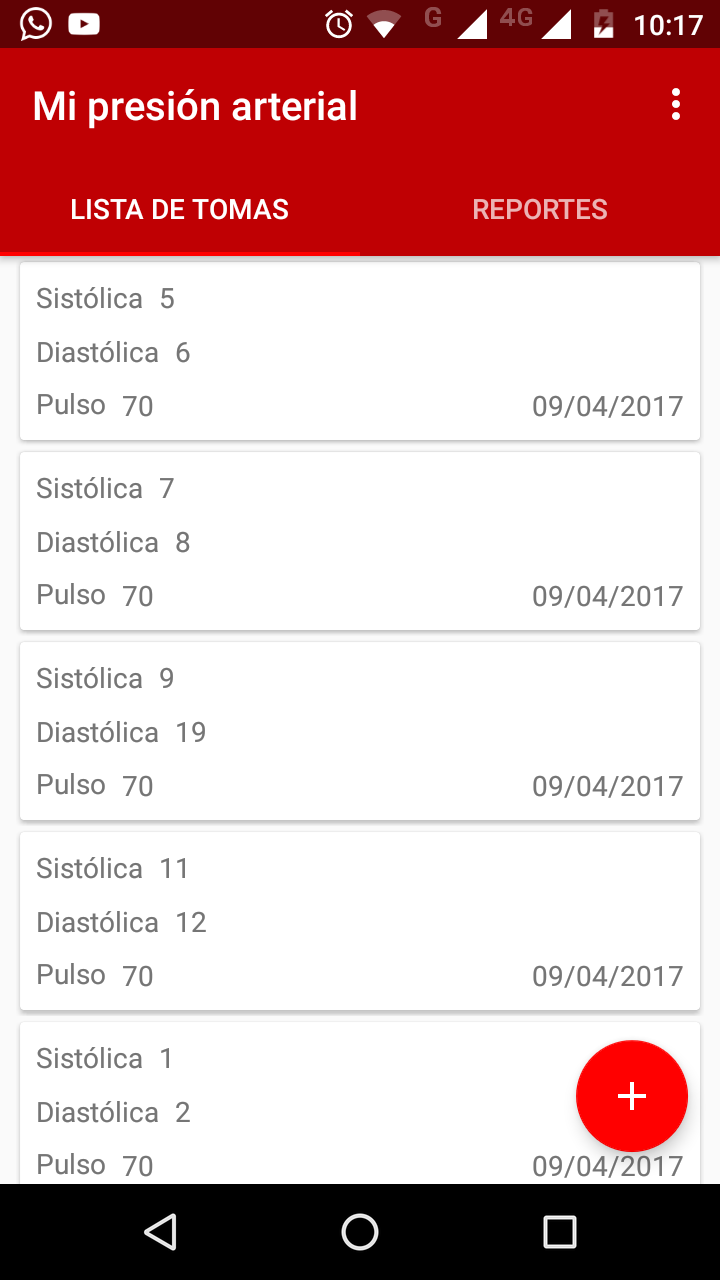Spring Data JDBC - 多对一关系
时间:2023-09-30问题描述
我似乎在网上找不到任何关于在 Spring JDBC 中使用多对一映射的参考资料.我刚刚在不支持的文档中看到了,但我不确定是否是这种情况.
I can't seem to find any reference online with regards to using a Many-To-One mapping in Spring JDBC. I just saw in the documentation that is not supported but I'm not sure if this is the case.
我的示例是我想将我的 AppUser 映射到特定部门.
My example is that I want to map my AppUser to a particular Department.
作为参考,AppUser 使用 DEPARTMENT_ID 加入 Department 表
For reference, AppUser joins to Department table using DEPARTMENT_ID
@Table(value="m_appuser")
public class AppUserProjectionTwo {
@Id
private Long id;
private String firstname;
private String middlename;
private String lastname;
@Column("DEPARTMENT_ID")
private DepartmentProjection departmenProjection;
public Long getId() {
return id;
}
public void setId(Long id) {
this.id = id;
}
但是,它似乎无法正确映射.
However, it seems that it won't map properly.
@Table("M_DEPARTMENT")
public class DepartmentProjection {
@Id
private Long id;
public Long getId() {
return id;
}
public void setId(Long id) {
this.id = id;
}
创建的查询如下所示.我正在寻找更多相反的东西,其中 M_APPUSER.department_ID = Department.id
The created query looks like this. I was looking for something more of the opposite in which M_APPUSER.department_ID = Department.id
[SELECT "m_appuser"."ID" AS "ID", "m_appuser"."LASTNAME" AS "LASTNAME", "m_appuser"."FIRSTNAME" AS "FIRSTNAME", "m_appuser"."MIDDLENAME" AS "MIDDLENAME", "departmenProjection"."ID" AS "DEPARTMENPROJECTION_ID" FROM "m_appuser" LEFT OUTER JOIN "M_DEPARTMENT" AS "departmenProjection" ON "departmenProjection"."DEPARTMENT_ID" = "m_appuser"."ID" WHERE "m_appuser"."FIRSTNAME" = ?];
谢谢
推荐答案
我刚刚在文档中看到不支持,但我不确定是否是这种情况.
I just saw in the documentation that is not supported but I'm not sure if this is the case.
我可以确认它不受支持.多对一关系跨越聚合的边界.跨聚合的引用必须建模为被引用聚合的 id.
I can confirm it is not supported. Many-To-One relationships cross the boundaries of aggregates. References across aggregates must be modelled as ids of the referenced aggregate.
如果你不这样做,Spring Data JDBC 将把引用视为一对一关系和同一聚合的一部分,这将对多对一关系产生你不想要的影响,例如当被引用的实体被删除时,被引用的实体被删除.这对于同一聚合中的一对一关系是正确的.
If you don't do this Spring Data JDBC will consider the reference a One-To-One relationship and part of the same aggregate which will have effects you don't want for a Many-To-One relationship, like the referenced entity getting deleted when the referenced entity gets deleted. Which would be correct for a One-To-One relationship within the same aggregate.
这在 中有更详细的解释https://spring.io/blog/2018/09/24/spring-data-jdbc-references-and-aggregates
这篇关于Spring Data JDBC - 多对一关系的文章就介绍到这了,希望我们推荐的答案对大家有所帮助,也希望大家多多支持html5模板网!
相关文章
 如何检测 32 位 int 上的整数溢出?How can I detect integer overflow on 32 bits int?(如何检测 32 位 int 上的整数溢出?)
如何检测 32 位 int 上的整数溢出?How can I detect integer overflow on 32 bits int?(如何检测 32 位 int 上的整数溢出?) return 语句之前的局部变量,这有关系吗?Local variables before return statements, does it matter?(return 语句之前的局部变量,这有关系吗?)
return 语句之前的局部变量,这有关系吗?Local variables before return statements, does it matter?(return 语句之前的局部变量,这有关系吗?) 如何将整数转换为整数?How to convert Integer to int?(如何将整数转换为整数?)
如何将整数转换为整数?How to convert Integer to int?(如何将整数转换为整数?) 如何在给定范围内创建一个随机打乱数字的 intHow do I create an int array with randomly shuffled numbers in a given range(如何在给定范围内创建一个随机打乱数字的 int 数组)
如何在给定范围内创建一个随机打乱数字的 intHow do I create an int array with randomly shuffled numbers in a given range(如何在给定范围内创建一个随机打乱数字的 int 数组) java的行为不一致==Inconsistent behavior on java#39;s ==(java的行为不一致==)
java的行为不一致==Inconsistent behavior on java#39;s ==(java的行为不一致==) 为什么 Java 能够将 0xff000000 存储为 int?Why is Java able to store 0xff000000 as an int?(为什么 Java 能够将 0xff000000 存储为 int?)
为什么 Java 能够将 0xff000000 存储为 int?Why is Java able to store 0xff000000 as an int?(为什么 Java 能够将 0xff000000 存储为 int?)
 如何使用 SimpleDateFormat.parse() 将 Calendar.toString()How can I Convert Calendar.toString() into date using SimpleDateFormat.parse()?(如何使用 SimpleDateFormat.parse() 将 Calendar.toString() 转换为日期?)
如何使用 SimpleDateFormat.parse() 将 Calendar.toString()How can I Convert Calendar.toString() into date using SimpleDateFormat.parse()?(如何使用 SimpleDateFormat.parse() 将 Calendar.toString() 转换为日期?)